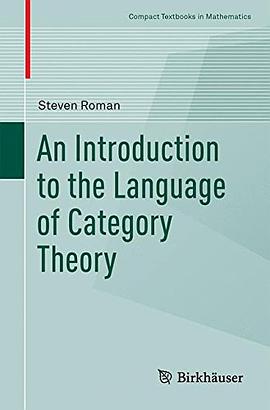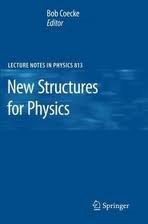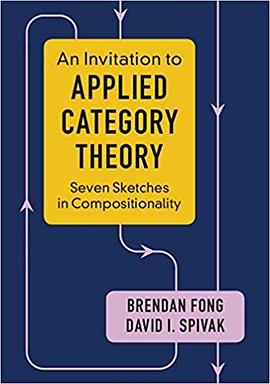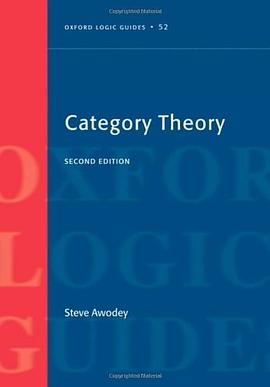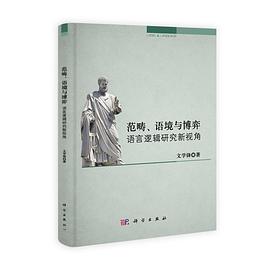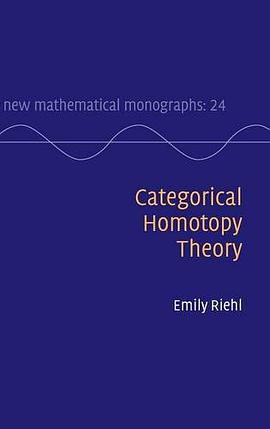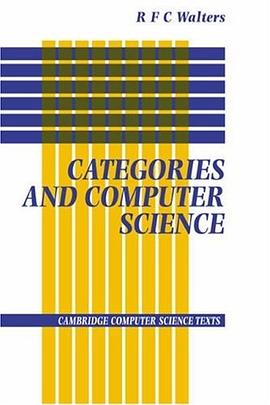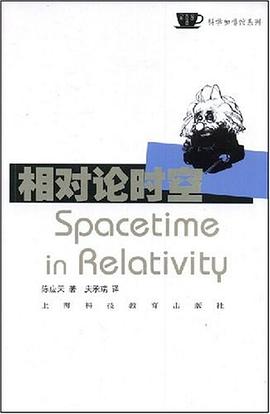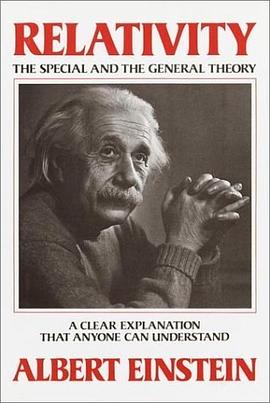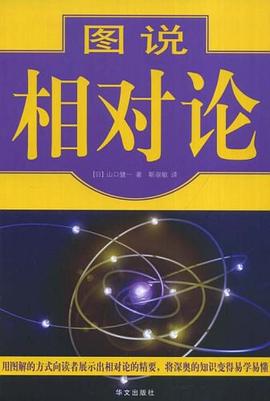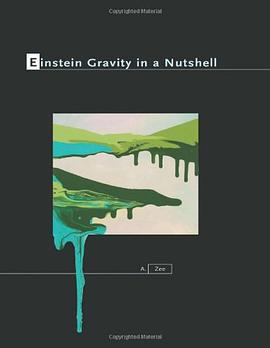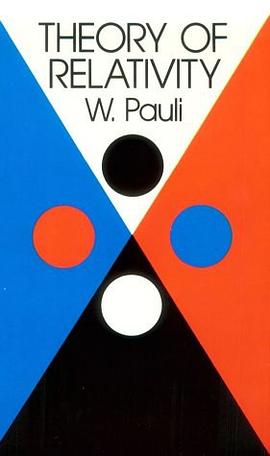Introduction 1
Exercises on Extremal Categories 11
Exercises on Typical Categories 12
CHAPTER 1. FUNDAMENTALS 14
1.1. Contravariant Functors and Dual Categories 15
1.2. Notation 16
1.3. The Standard Functors 16
1.4. Special Maps 17
1.5. Subobjects and Quotient Objects 19
1.6. Difference Kernels and Cokernels 21
1.7. Products and Sums 22
1.8. Complete Categories 25
1.9. Zero Objects, Kernels, and Cokernels 26
Exercises 27
A. Epimorphisms need not be onto
B. The automorphism class group
C. The category of sets
D. The category of small categories
E. The category of abelian groups
F. The category of groups
G. Categories of topological spaces
H. Conjugate maps I. Definition theory
CHAPTER 2. FUNDAMENTALS OF ABELIAN CATEGORIES 35
2.1. Theorems for Abelian Categories 36
2.2. Exact Sequences 44
2.3. The Additive Structure for Abelian Categories 45
2.4. Recognition of Direct Sum Systems SO
2.5. The Pullback and Pushout Theorems 51
2.6. Classical Lemmas 54
Exercises 60
A. Additive categories
B. Idempotents
C. Groups in categories
CHAPTER 3. SPECIAL FUNCTORS AND SUBCATEGORIES
3.1. Additivity and Exactness
3.2. Embeddings
3.3. Special Objects
3.4. Subcategories
3.5. Special Contravariant Functors
3.6. Bifunctors
Exercises
A. Equivalence of categories
B. Roots
C. Construction of roots
D. Small complete categories are lattices
E. The standard functors
F. Reflections
G. Adjoint functors
H. Transformation adjoints
I. The reflectivity of images of adjoint functors
J. The adjoint functor theorem
K. Some immediate applications of the adjoint functor theorem
L. How to find solution sets
M. The special adjoint functor theorem
N. The special adjoint functor theorem at work
O. Exercise for model theorists
CHAPTER 4. METATHEOREMS 94
4.1. Very Abelian Categories 95
4.2. First Metatheorem 96
4.3. Fully Abelian Categories 97
4.4. Mitchell's Theorem 100
Exercises 103
A. Abelian lattice theory
B. Functor meta theory
C. Correspondences in categories
D. A specialized embedding theorem
E. Small projectives
F. Categories representable as categories of modules
G. Compact abelian groups
H. Fully is more than very
I. Unembeddable categories
CHAPTER 5. FUNCTOR CATEGORIES 109
5.1. Abelianness 109
5.2. Grothendieck Categories 111
5.3. The Representation Functor 112
Exercises 115
A. Duals of functor categories
B. Co-Grothendieck categories
C. Categories of modules
D. Projectives and injectives in functor categories
E. Grothendieck categories
F. Left-completeness almost implies completeness
G. Small projectives in functor categories
H. Categories representable as functor categories
I. Tensor products of additive functors
CHAPTER 6. INJECTIVE ENVELOPES 123
6.1. Extensions 123
6.2. Envelopes 126
Exercises 131
A. A very large Grothendieck category
B. Divisible groups
C. Modules over principal ideal domains
D. Injectives over ace rings
E. Semisimple rings and the Wedderburn theorems
F. Noetherian ideal tht:ory
CHAPTER 7. EMBEDDING THEOREMS 138
7.1. First Embedding 138
7.2. An Abstraction 141
7.3. The Abelianness of the Categories of Absolutely Pure Objects and Left-Exact Functors 148
Exercises 150
A. Effaceable and torsion functors
B. Effaceable functors and injective objects
C. 0th right-derived functors
D. Absolutely pure objects
E. Computations of 0th right-derived functors
F. Sheaf theory
G. Relative homological algebra
APPENDIX 155
BIBLIOGRAPHY 161
INDEX 163
· · · · · · (
收起)




